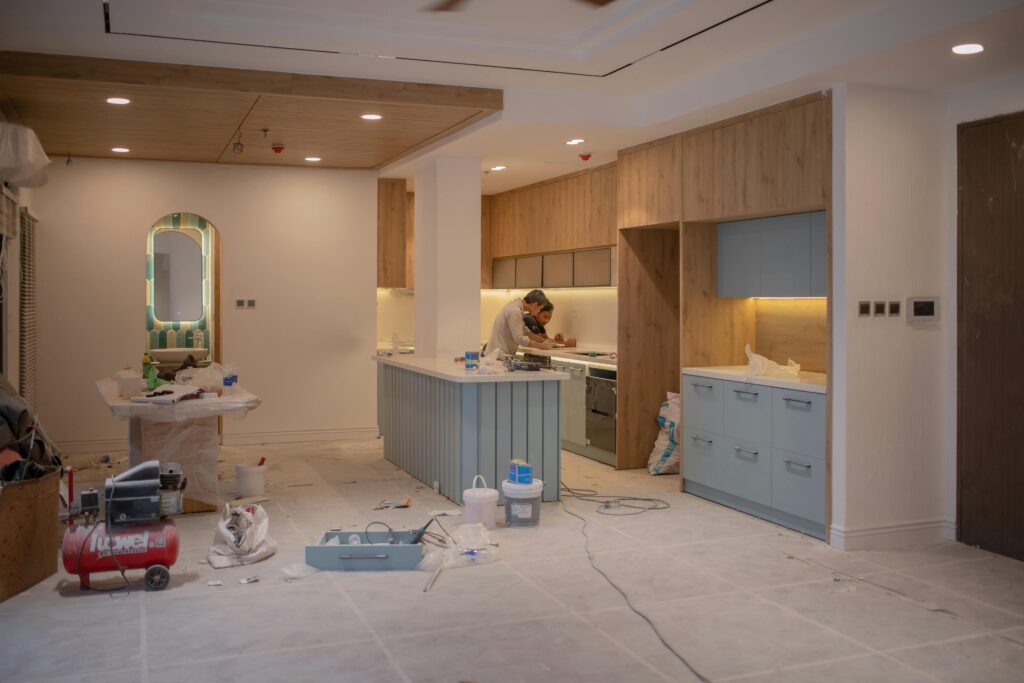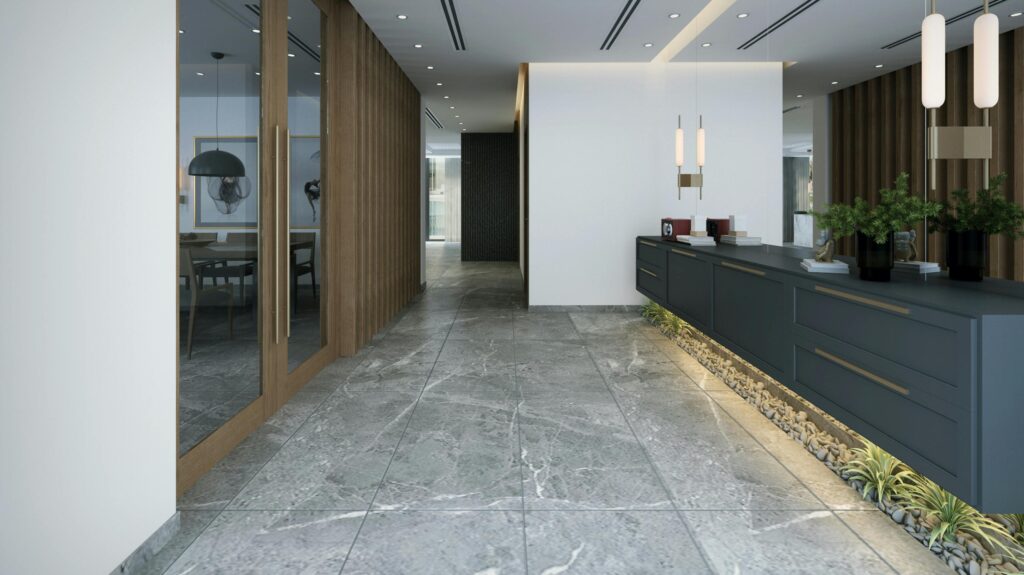1. Removing All Stairs

While eliminating stairs can seem like a good way to avoid potential falls, completely removing them can limit the functionality of your home. Instead, consider adding handrails, stair lifts, or converting one level of your home into a master suite for easier access.
2. Overly Expensive Renovations

Retirees often look for comfort and functionality, but splurging on high-end renovations can drain savings. Opting for modest upgrades that enhance livability without sacrificing finances is a smarter choice. Consider focusing on essentials like better lighting or ergonomic furniture.
3. Extensive Landscaping Projects

Large landscaping projects can be costly and time-consuming, which may not be ideal for retirees looking to reduce physical workload. Instead, opt for low-maintenance plants and hardscaping that provide beauty without requiring constant care or significant investment.
4. Overbuilding Your Home

Building an oversized home or expanding your existing space can create more maintenance and cleaning than necessary. It’s better to focus on making the space you have more efficient, such as through better storage solutions or creating more open floor plans.
5. Customizing for Niche Interests

Upgrades designed specifically for niche hobbies or interests can become outdated or impractical as needs change over time. Instead, focus on making your space versatile and adaptable to different activities without locking yourself into one specific use.
6. Extensive Smart Home Systems

Although smart home systems can be convenient, installing overly complex or expensive tech may lead to frustrations or technical difficulties in the future. A simpler, user-friendly setup, like smart thermostats or lighting, may provide the benefits without the hassle.
7. Luxury Swimming Pools

While a pool can offer relaxation and exercise opportunities, they also come with high maintenance costs, safety concerns, and significant water usage. Consider alternatives like a hot tub or a smaller water feature, which are easier to maintain and more affordable.
8. Installing High-Maintenance Flooring

Flooring materials like marble or high-pile carpets may be beautiful, but they require a lot of upkeep and can be slippery, especially for retirees. Instead, go for easy-to-clean, non-slip options like hardwood, vinyl, or low-pile carpet that will stand the test of time.
9. Adding Multiple Levels

Multi-level homes may seem like a good idea for creating space, but they can become difficult to navigate as mobility challenges arise. Single-story homes or homes with an elevator are a safer and more practical option for long-term comfort and accessibility.
10. Expensive Outdoor Kitchens

Outdoor kitchens, while great for entertaining, can become costly to install and maintain. Instead of a full outdoor kitchen, consider simpler outdoor cooking appliances like a grill or smoker that still allow for dining al fresco without the hefty price tag.
11. Extensive Walk-In Closets

While walk-in closets are luxurious, they often require significant space and can be overkill in smaller homes. Opt for more efficient storage solutions like built-in shelving or customized cabinets that maximize closet space without taking up too much room.
12. Adding Complex Security Systems

Advanced security systems with multiple cameras and sensors may seem like a necessary upgrade, but they can be complex to operate and maintain. Instead, consider simpler options like motion-sensor lights, doorbell cameras, and a home security system that’s easy to manage.
